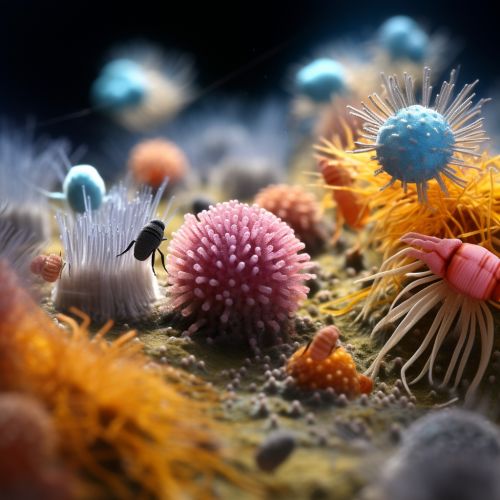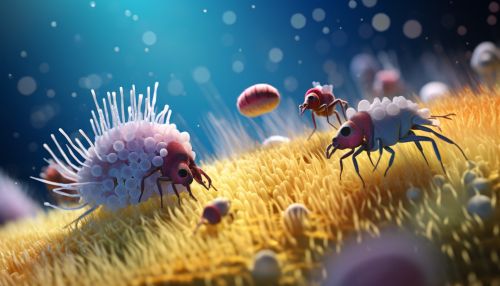Allergen
Introduction
Allergens are typically harmless substances that trigger an immune response in individuals who are hypersensitive to them, leading to an allergic reaction. They can be found in a variety of sources, such as food, dust mites, pet dander, pollen, and insect stings. Allergens can cause a range of symptoms, from mild (like hives or sneezing) to severe (like anaphylaxis). Understanding allergens is crucial for the prevention and treatment of allergic reactions.


Types of Allergens
Allergens can be classified into several categories based on their source. These include:
Food Allergens
Food allergens are proteins in food that trigger an immune response in some individuals. The most common food allergens include milk, eggs, fish, shellfish, tree nuts, peanuts, wheat, and soy. In some cases, even trace amounts of food allergens can cause a severe allergic reaction, known as anaphylaxis.
Inhalant Allergens
Inhalant allergens are substances that are inhaled and cause allergic reactions. These include pollen from trees, grasses, and weeds, as well as mold spores, dust mites, and animal dander. These allergens are often responsible for allergic rhinitis, also known as hay fever.
Contact Allergens
Contact allergens are substances that cause an allergic reaction when they come into contact with the skin. These include certain metals (like nickel), rubber, certain types of plastic, and chemicals in cosmetics and personal care products. Contact with these allergens can lead to allergic contact dermatitis.
Drug Allergens
Drug allergens are medications that can cause an allergic reaction in some individuals. Any medication can potentially be an allergen, but some of the most common include antibiotics like penicillin, nonsteroidal anti-inflammatory drugs (NSAIDs) like aspirin and ibuprofen, and certain antiseizure medications.
Insect Allergens
Insect allergens are substances in insect venom or feces that can cause an allergic reaction. The most common insects that cause allergic reactions are bees, wasps, mosquitoes, and certain types of ants. In addition, some individuals are allergic to cockroaches and dust mites.
Allergic Reactions to Allergens
When an individual who is allergic to a particular allergen comes into contact with it, their immune system overreacts, treating the allergen as a threat. This triggers an immune response that results in the release of chemicals like histamine, which cause the symptoms of an allergic reaction.
Symptoms of Allergic Reactions
The symptoms of an allergic reaction can vary greatly depending on the individual and the type of allergen. Common symptoms include:
- Sneezing
- Runny or stuffy nose
- Itchy or watery eyes
- Hives
- Swelling
- Shortness of breath
- Anaphylaxis (a severe, potentially life-threatening allergic reaction)
Diagnosis of Allergies
If an allergy is suspected, a healthcare provider may perform various tests to confirm the diagnosis. These can include a skin prick test, where small amounts of potential allergens are introduced into the skin using a tiny needle, or a blood test to measure the amount of specific antibodies produced in response to an allergen.
Treatment of Allergies
Treatment for allergies typically involves avoiding the allergen, if possible, and managing symptoms. Medications such as antihistamines, corticosteroids, and decongestants can help to alleviate symptoms. In some cases, immunotherapy (allergy shots) may be recommended to help desensitize the individual to the allergen.
Prevention of Allergic Reactions
Preventing allergic reactions primarily involves avoiding known allergens. This can involve measures such as keeping homes clean to reduce exposure to dust mites and pet dander, avoiding certain foods or medications, and wearing protective clothing when outdoors to avoid insect stings.
